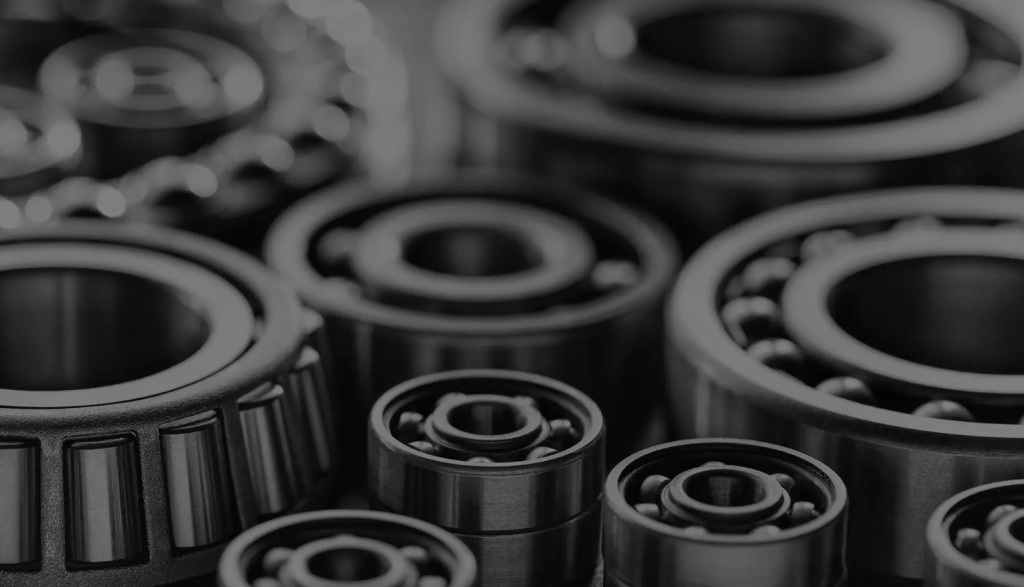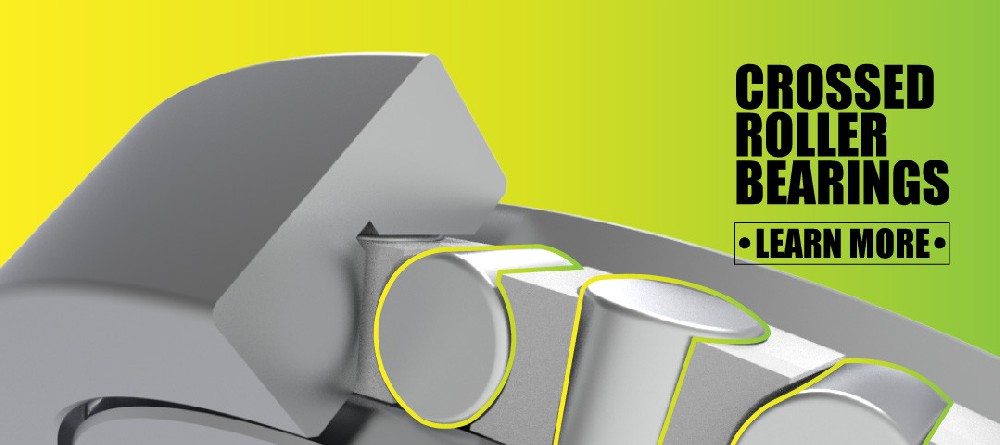在当今的高性能行业中,精度至关重要。无论您是制造机械臂、设计数控旋转台,还是操作半导体制造设备,一个组件都可能悄无声息地决定您系统的精度: 交叉滚子轴承这种轴承类型以其紧凑、刚性的形式处理多个负载方向的能力而闻名,在减少间隙、提高旋转稳定性和最大限度地减少振动方面发挥着至关重要的作用——所有这些都不会占用不必要的空间。
传统轴承通常需要多个单元来应对不同类型的载荷,而交叉滚子轴承则不同,它可以同时承受径向、轴向和力矩载荷。正因如此,它成为机器人、航空航天、医疗设备和光学测量设备的首选。它不仅设计巧妙,而且目标明确,专为精度至关重要的系统而设计。
交叉滚子轴承是什么以及在精密机械中如何工作
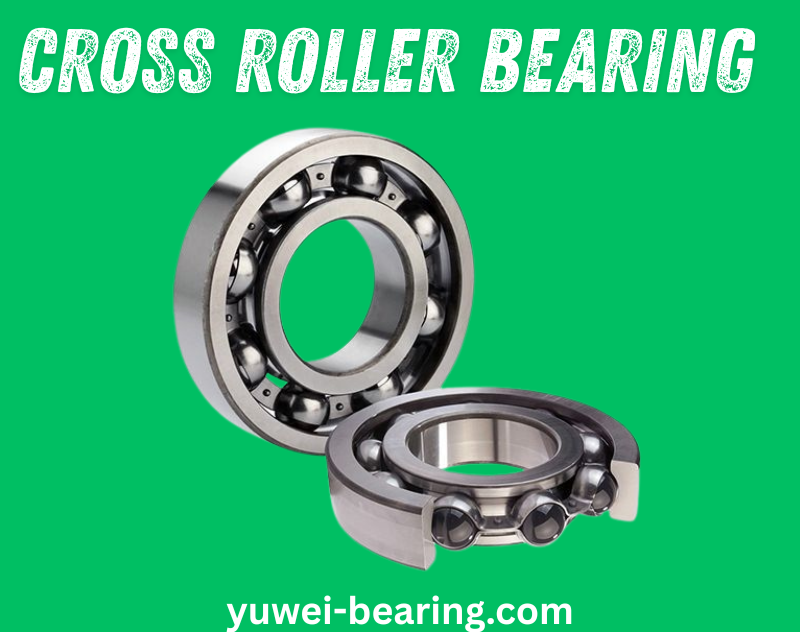
在本指南中,我们将解释您需要了解的有关交叉滚子轴承的所有信息 - 它是什么、它如何工作、它在哪里使用,以及为什么它在要求苛刻的应用中优于许多传统替代品。
什么是交叉滚子轴承?
交叉滚子轴承是一种高精度轴承,旨在通过一个紧凑的单元承受来自多个方向的载荷。与使用滚珠的传统轴承不同,交叉滚子轴承使用圆柱滚子,这些滚子以交替、十字交叉的方式排列在内圈和外圈之间。这种独特的配置使轴承能够同时承受径向载荷、轴向载荷和力矩载荷。“交叉滚子”一词源于这种90度交替的滚子排列方式,这显著提高了轴承的刚性和旋转精度。
交叉滚子轴承通常制成环形,由两个主要部件构成:内圈和外圈。精密滚子通过保持器或隔板置于内圈和外圈之间,确保间距均匀并实现一致的载荷分布。滚子的正交排列使其能够以最小的内部间隙实现更平稳的旋转,是满足有限空间内高精度和高刚度要求的理想解决方案。访问 这里!
交叉滚子轴承如何工作?
交叉滚子轴承的性能源于其独特的滚子排列。每个圆柱滚子与相邻的滚子呈90度角排列,形成交叉布局。当轴承受到载荷时,滚子会在整个接触面积上均匀分担应力。这导致:
- 高负载能力:能够从一个位置处理组合载荷(径向、轴向和力矩)。
- 紧凑设计:通过消除对多种轴承类型的需求来减少空间需求。
- 旋转精度:由于高刚性和预载选项,最大限度地减少跳动和摆动。
- 最小弹性变形:适用于需要一致、精确运动的应用。
交叉滚子轴承还采用预紧技术,即在装配过程中稍微压缩滚子以消除任何游隙。这确保了严格的旋转控制,这对于机器人关节、光学系统和数控旋转台尤为重要。
交叉滚子轴承用于哪些地方?
交叉滚子轴承适用于对空间和精度要求较高的应用。以下是其应用场景和原因的详细说明:
| 行业 | 应用 | 功能 |
|---|---|---|
| 机器人技术 | 机器人关节、旋转轴 | 实现精确、无振动的旋转 |
| 医疗设备 | CT扫描仪、MRI系统 | 允许高速旋转且噪音低 |
| 半导体制造 | 晶圆处理器、检测工具 | 在洁净室条件下提供亚微米精度 |
| 航天 | 卫星执行器、万向节 | 在轻量应用中提供高刚性 |
| 数控机械 | 旋转工作台、分度头 | 以低间隙处理高负载和旋转 |
| 测量仪器 | 激光跟踪仪、坐标测量机 | 确保高定位精度 |
这些轴承还用于国防系统、包装机械和摄像机稳定器。它们的多功能性源于其能够减少部件数量,同时提高在严苛环境下的性能。
为什么选择交叉滚子轴承而不是其他轴承?
在比较轴承类型时,选择适合您应用的轴承不仅要考虑成本,还要考虑其长期性能。交叉滚子轴承具有以下独特优势:
比较表:
| 特征 | 交叉滚子轴承 | 滚珠轴承 | 圆锥滚子轴承 |
| 负载能力 | 多向(径向、轴向、力矩) | 主要为放射状 | 轴向和径向 |
| 刚性 | 高的 | 缓和 | 高的 |
| 准确性 | 非常高 | 中等的 | 中等的 |
| 空间效率 | 高的 | 缓和 | 低的 |
| 应用 | 精密机械 | 通用机械 | 汽车、重载 |
交叉滚子轴承的优点:
- 一个轴承取代多个单元
- 结构紧凑,刚性更高
- 减少机器重量和尺寸
- 使用寿命长,游隙小
使用时间:
- 空间有限
- 精度至关重要
- 负载方向多种多样
安装和维护——您需要了解的内容
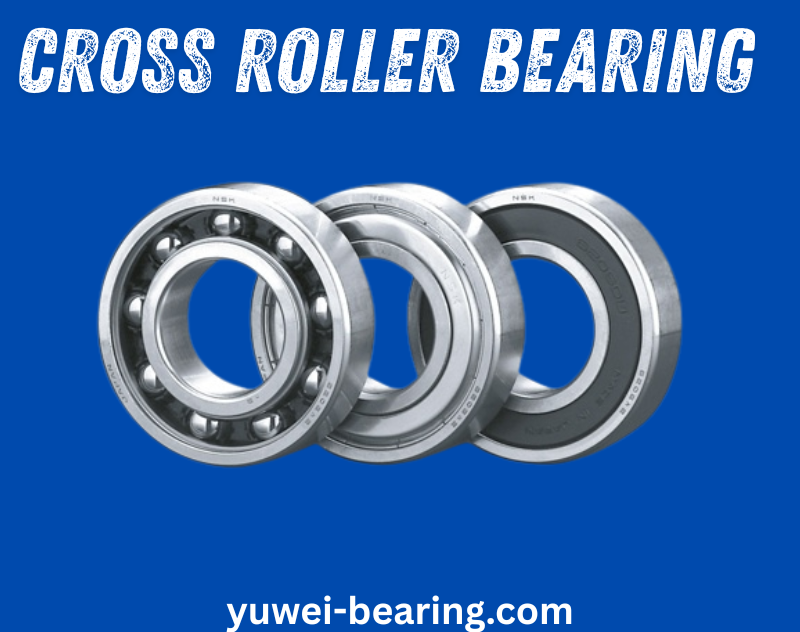
为了使交叉滚子轴承发挥最佳性能,正确的安装和维护至关重要。以下是分步指南:
安装指南:
- 结盟:未对准会导致负载分布不均匀,并导致早期失效。请使用精密夹具。
- 扭矩:均匀拧紧螺栓。扭矩不均匀会导致轴承滚道变形。
- 预加载设置:如果需要,请按照制造商规格设置正确的预载。
- 清洁环境:在清洁的条件下组装,以避免碎片污染。
保养提示:
- 润滑:请使用推荐的润滑脂或润滑油。根据运行时间和负载情况,定期添加润滑油。
- 定期检查:检查噪音、振动或旋转阻力。
- 替代品:损坏的迹象包括点蚀、变色和轴向间隙。
应避免的常见错误:
- 使用不合适的润滑剂
- 螺栓拧得过紧或不够紧
- 跳过定期检查
市场趋势与创新
交叉滚子轴承行业的需求正在稳步增长,尤其是在自动化和小型化的推动下。让我们来探讨几个关键趋势:
1.小型化:小型机器需要更小、更精密的部件。制造商现在提供的交叉滚子轴承直径小至 20 毫米。
2. 材料进步:采用陶瓷滚轮的混合型号可提供更高的速度限制和更小的摩擦力。这些型号是医疗和半导体应用的理想选择。
3.集成技术:现代交叉滚子轴承现在具有内置位置编码器和传感器阵列,将运动控制和测量结合在一个设备中。
4.增材制造:3D 打印笼子可实现定制设计并减轻重量,同时不影响负载能力。
5. 可持续发展重点:可重复使用的设计和更长的生命周期正在帮助行业减少浪费并增加正常运行时间。
工程师和买家需要注意的要点
如果您要为您的应用选择或指定交叉滚子轴承,请考虑以下关键点:
- 精确:如果您的系统要求微米级的精度,交叉滚子轴承是一个不错的选择。
- 空间限制:其紧凑的设计使其成为空间狭小的机器的理想选择。
- 联合负载处理:能够同时处理多种力量,减少对多个组件的需求。
- 生命周期成本:前期投资较高,但维护减少,使用寿命更长。
- 定制:提供定制尺寸、材料和集成技术。
问答部分
问题1:交叉滚子轴承适合高速应用吗?
答:是的,尤其是在使用陶瓷辊和精密润滑等轻质材料时。
问题2:交叉滚子轴承可以在肮脏的环境中运行吗?
答:不建议。这些轴承在清洁、可控的环境下性能最佳。
问题3:交叉滚子轴承安装需要特殊工具吗?
答:建议使用精密工具来确保正确的对准和扭矩控制。
Q4:交叉滚子轴承的使用寿命是多久?
答:根据使用情况,如果保养得当,它们的使用寿命可以达到 20,000 到 40,000 小时。
问题5:我可以用交叉滚子轴承改装现有的机器吗?
答:是的,但请咨询制造商以了解与现有尺寸和负载条件的兼容性。
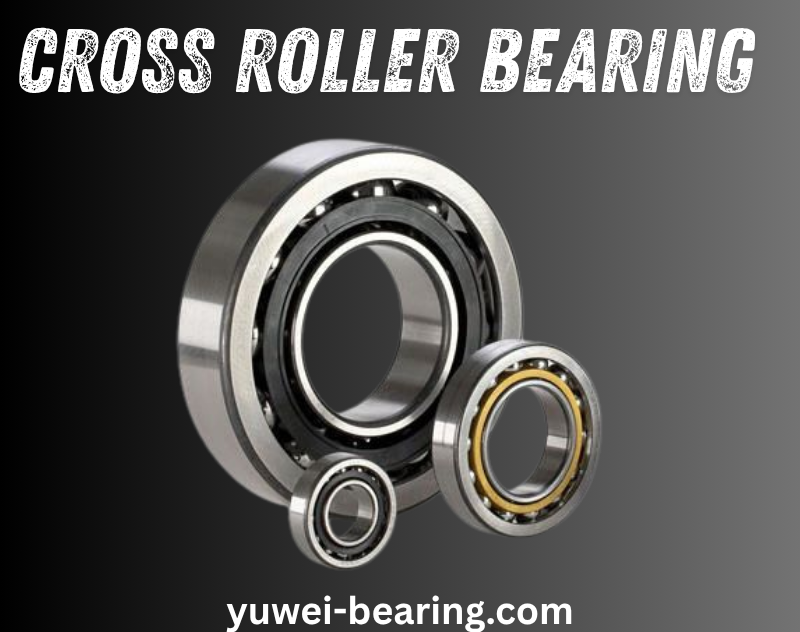
结论
这 交叉滚子轴承 它不仅仅是一个机械部件,更是精密驱动环境中的性能增强器。它能够在紧凑的空间内承受多种负载,使其成为对精度、效率和可靠性要求严苛的系统的重要组成部分。从需要平稳、可重复运动的机械臂,到需要微米级旋转的数控机床,这种轴承类型始终如一地提供传统轴承组件难以企及的性能。
它的设计简化了复杂的设置,减少了零件数量,提高了刚性,并延长了机器寿命——所有这些都有助于长期节省成本并提升机器性能。如果安装和维护得当,交叉滚子轴承可以运行数万小时,且磨损和停机时间极少。
随着工业进一步走向自动化、小型化和高速精密化,交叉滚子轴承的作用将愈发重要。如果您的应用需要严格的公差、高刚性和始终如一的可靠性,那么或许是时候重新考虑您的轴承策略了。
选择合适的交叉滚子轴承不仅仅是更换零件,而是在最重要的地方升级性能。
